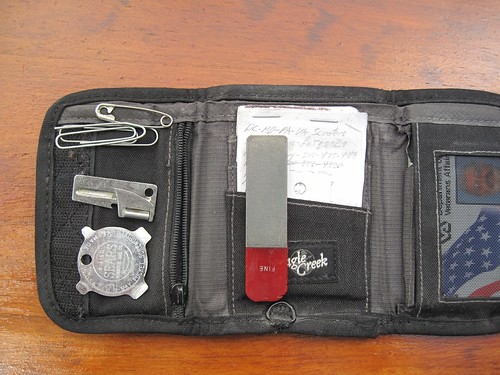The extreme high volume of blades is another element of the 'perfect storm' of things WAY out-of-the-ordinary, as compared to the sharpening habits of most of the targeted users of his device, who'll never approach that kind of volume on a per-day basis, or even per-month, for that matter. I doubt the EdgePro was originally intended to be a high-volume grinding device (that's what belt grinders are for), but instead designed as a tool for precision refinement and attention to detail. It all reminds me of the accelerated stress-testing manufacturers do with various products through their QC process, attempting to duplicate what they estimate to be a product's useful lifetime of wear, with intense and (possibly) abusive testing done in the span of just a few hours or days.
But having said that, it's still quite a leap of judgment to flatly declare, based only on those volume-skewed results, that diamond hones simply aren't compatible for use on steel blades. A statement like that is too easily taken out of proper context, as we're now seeing here.
David

